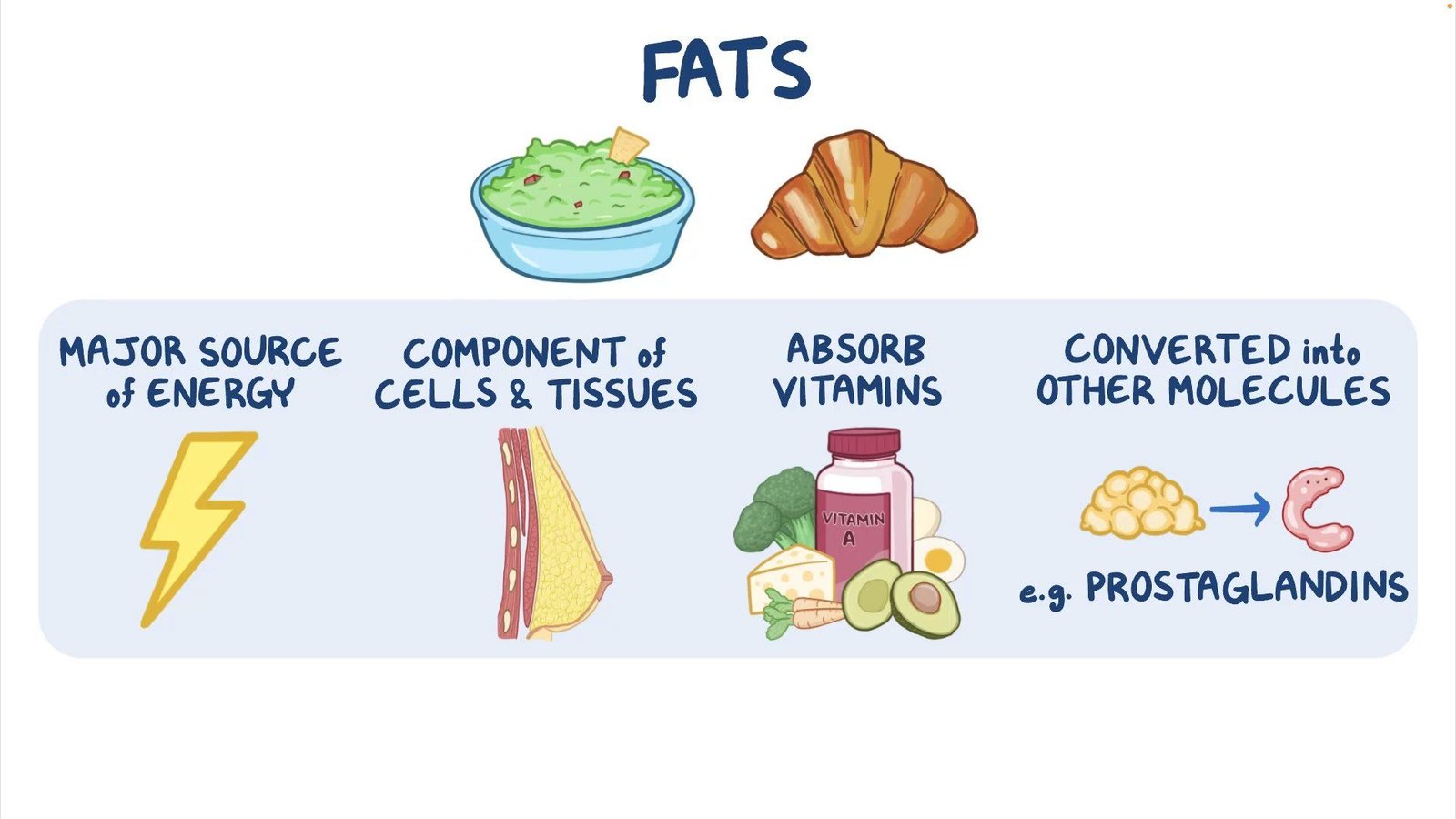
How to Make a Food Less Acidic: Tips for Healthier Eating
Do you often find yourself reaching for antacids after a meal? If certain foods leave you with an upset stomach or heartburn, you’re not alone. Acidic foods can be problematic for many, but there are ways to reduce their acidity and enjoy them without discomfort. Here’s how you can make your favorite dishes less acidic without sacrificing taste.

Understanding Acidic Foods
Acidic foods are not just tangy or sour; they can include tomatoes, citrus fruits, and even some vegetables. Knowing which foods are high in acidity is the first step to managing their effects on your body.
Balancing with Alkaline Foods
Pairing acidic foods with alkaline ones can help neutralize their effects. Examples include adding a slice of bread to your soup or having a mixed green salad with your meal.
Cooking Methods Matter
Certain cooking methods can reduce acidity. For instance, roasting tomatoes can decrease their acid content, making them more palatable for sensitive stomachs.
Using Baking Soda
A pinch of baking soda can neutralize acidity in some dishes. Just a small amount can make a significant difference, but be cautious as it can also alter the flavor.
Hydration and Timing
Staying hydrated can help dilute stomach acid, and eating smaller, more frequent meals can reduce the impact of any single acidic food on your system.
Tips and FAQs
According to a study published in the Journal of Gastroenterology, reducing meal acidity can alleviate symptoms in those with acid reflux. Moderation and mindful eating are key. For example, a diet rich in fruits and vegetables can be beneficial, but it’s essential to balance them with other food groups to maintain a healthy pH level.
In conclusion, making food less acidic is not about eliminating your favorites but about finding ways to enjoy them without discomfort. By understanding the properties of foods and employing a few simple techniques, you can maintain a balanced and enjoyable diet.










